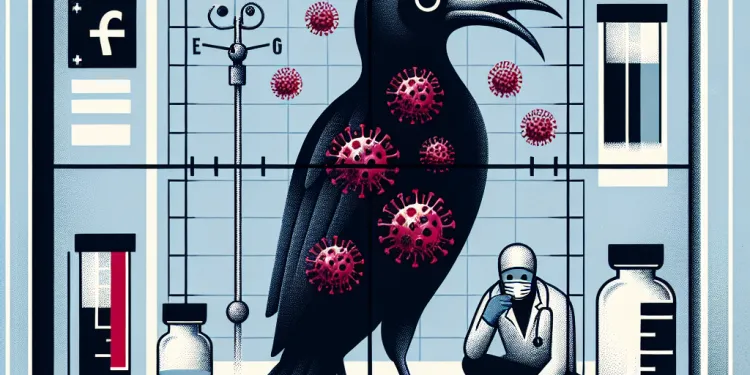
Find Help
More Items From Ergsy search
-
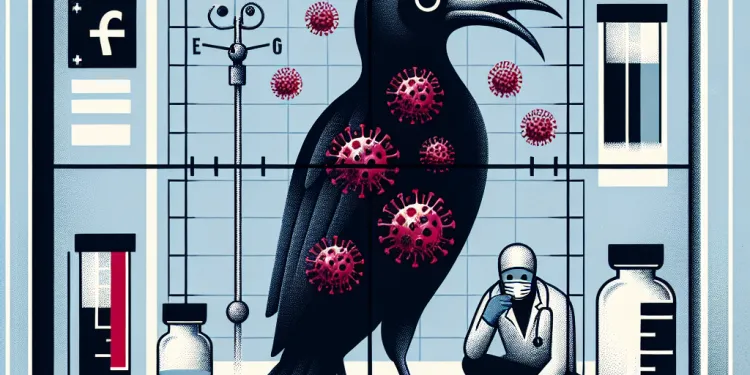
What are the symptoms of the bubonic plague?
Relevance: 100%
-

What is the bubonic plague?
Relevance: 91%
-

What is Bubonic Plague?
Relevance: 91%
-

Are there vaccines for the bubonic plague?
Relevance: 88%
-

How is the bubonic plague transmitted?
Relevance: 85%
-

Can the bubonic plague be prevented?
Relevance: 85%
-

How can the bubonic plague be treated?
Relevance: 83%
-

Is the bubonic plague contagious between humans?
Relevance: 82%
-
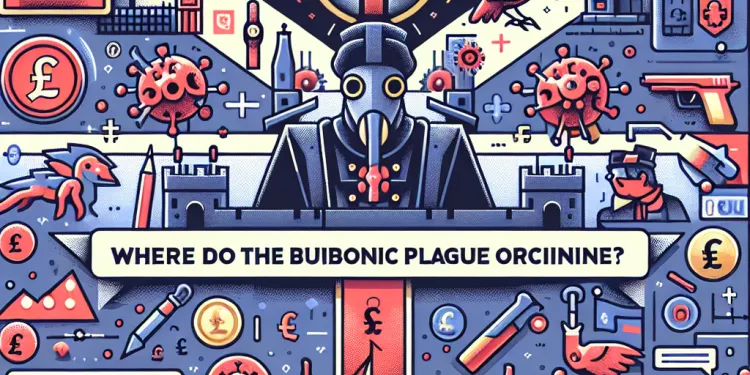
Where did the bubonic plague originate?
Relevance: 81%
-
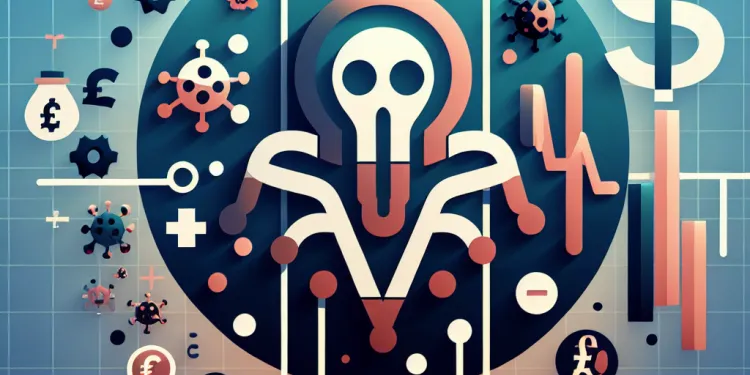
What is the mortality rate of untreated bubonic plague?
Relevance: 81%
-

Did the bubonic plague affect only Europe?
Relevance: 79%
-

How was the bubonic plague controlled historically?
Relevance: 77%
-
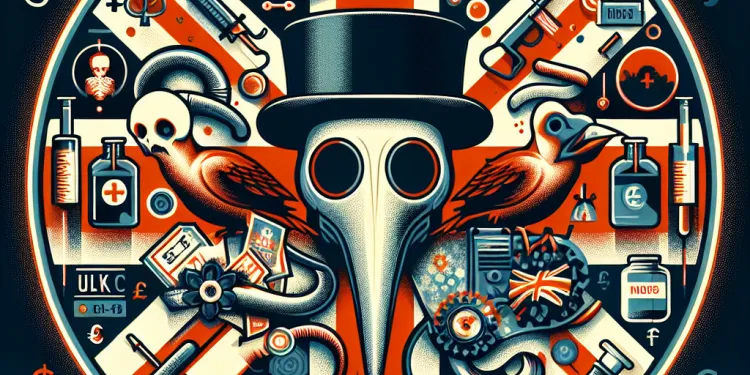
What historical event is the bubonic plague known for?
Relevance: 76%
-
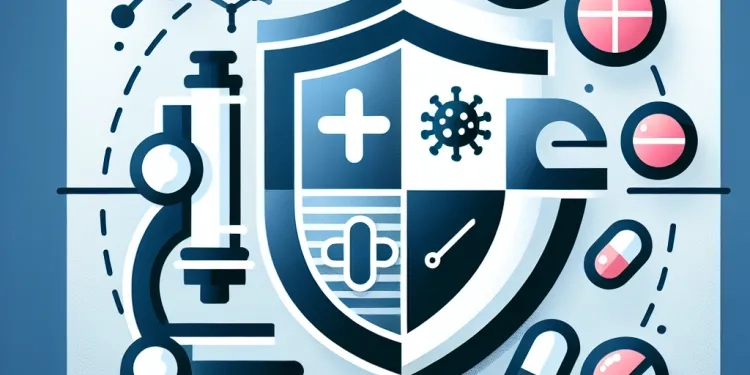
Can the bubonic plague become resistant to antibiotics?
Relevance: 74%
-

What advancements have been made in understanding the bubonic plague?
Relevance: 71%
-

Are there modern outbreaks of bubonic plague?
Relevance: 59%
-

What animals are natural carriers of the bubonic plague?
Relevance: 54%
-

What is a bubo?
Relevance: 43%
-

What public health measures are important for managing the plague?
Relevance: 39%
-

Is the bubonic plague still a global health threat?
Relevance: 31%
-
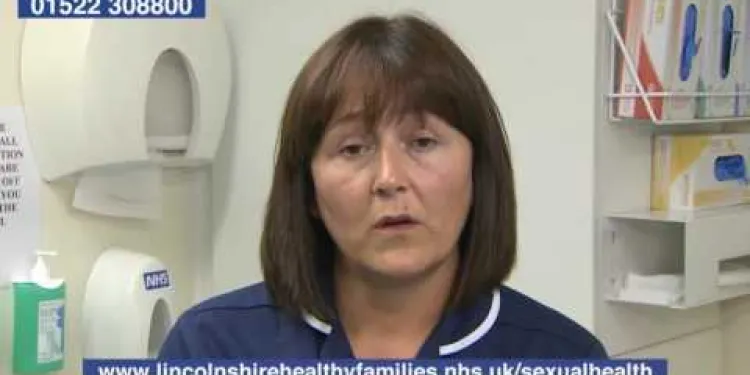
The symptoms of gonorrhoea
Relevance: 20%
-

What are the symptoms of norovirus?
Relevance: 19%
-

What are the symptoms of Rubella?
Relevance: 19%
-

Are there symptoms of an HPV infection?
Relevance: 19%
-
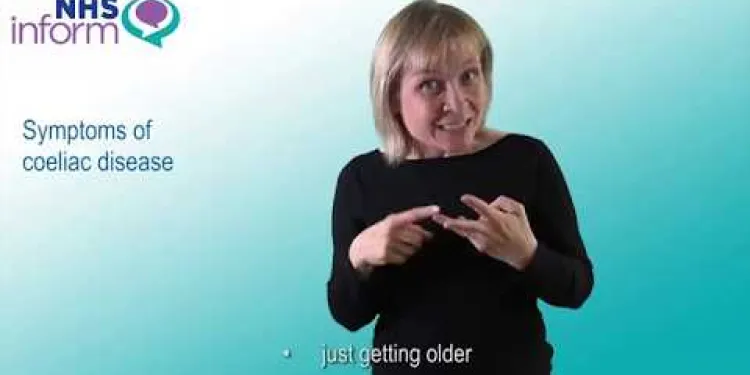
Symptoms of coeliac disease
Relevance: 19%
-

What are the symptoms of measles?
Relevance: 19%
-

What are the symptoms of measles?
Relevance: 19%
-
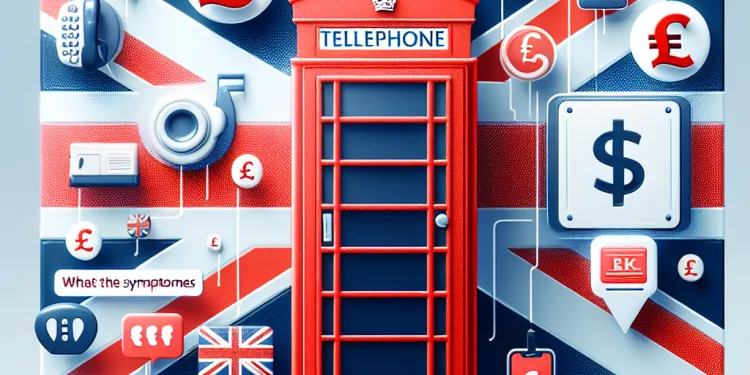
What are the symptoms of chickenpox?
Relevance: 19%
-
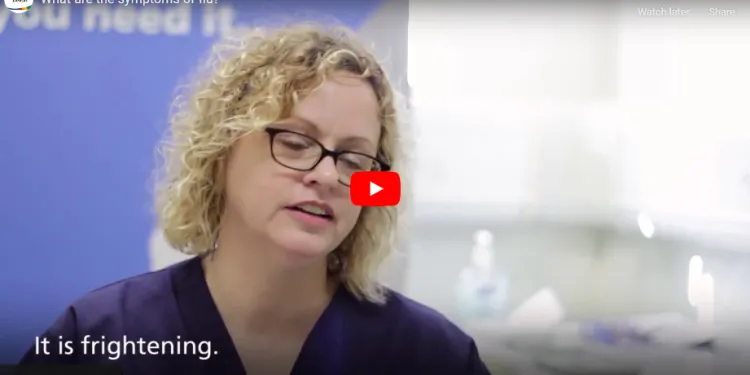
What are the symptoms of flu ?
Relevance: 19%
-

What are the symptoms of sunburn?
Relevance: 18%
-
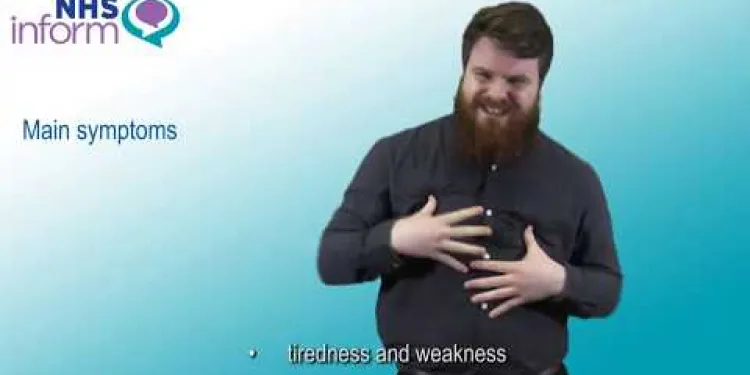
Symptoms of flu (influenza)
Relevance: 18%
-
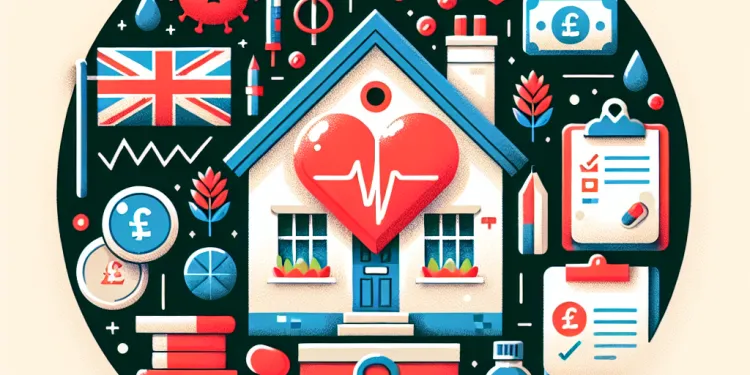
What are the symptoms of shingles?
Relevance: 18%
-
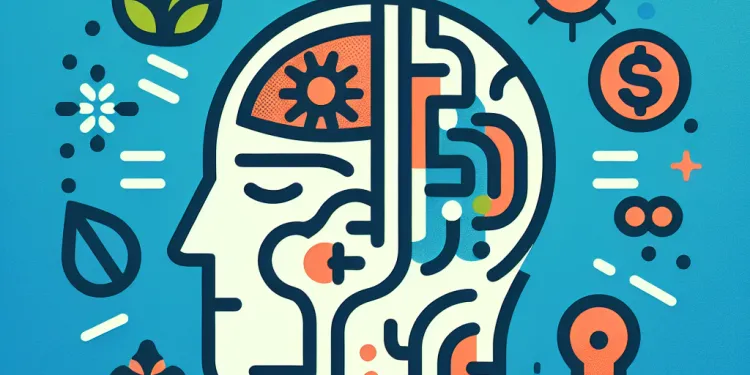
Is headache a symptom of a concussion?
Relevance: 18%
-
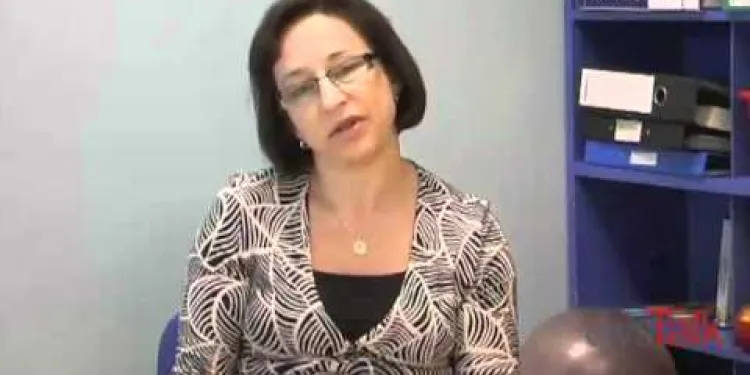
Dyspraxia Symptoms & Signs
Relevance: 18%
-

What are the symptoms of a nut allergy?
Relevance: 18%
-
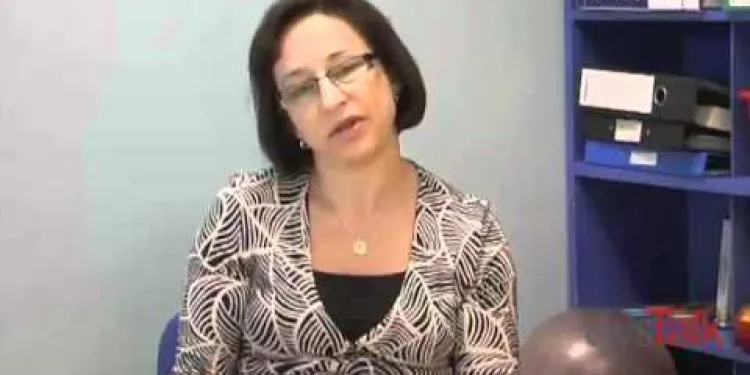
Dyspraxia Symptoms & Signs
Relevance: 18%
-

What are the symptoms of Zika virus?
Relevance: 18%
-
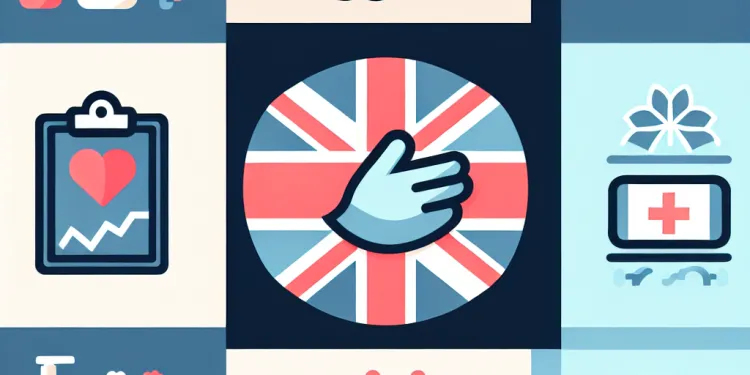
What are the symptoms of long covid?
Relevance: 18%
-

What are common symptoms of meningitis?
Relevance: 18%
-
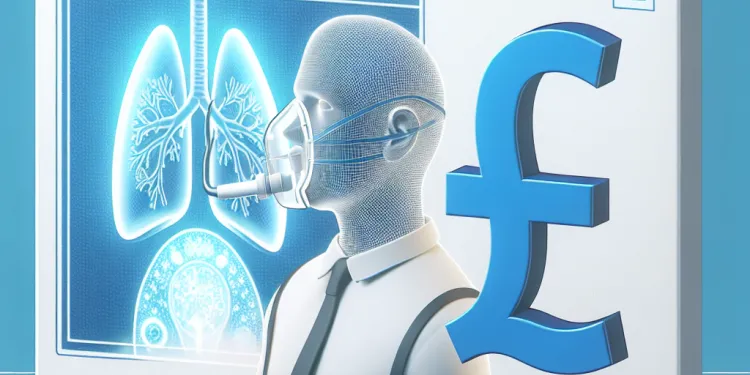
What are the common symptoms of asthma?
Relevance: 18%
What are the Symptoms of the Bubonic Plague?
The bubonic plague, historically known as the "Black Death," is a serious infectious disease caused by the bacterium Yersinia pestis. Although now rare and treatable with antibiotics, it is important to recognize its symptoms promptly for effective treatment. Understanding the symptoms is crucial, especially for individuals living in or traveling to areas where the disease is still present.
Initial Symptoms
The onset of symptoms usually occurs within two to six days after exposure to the bacteria. Initial symptoms of the bubonic plague are often flu-like and can be easily confused with other illnesses. Common early symptoms include a sudden onset of fever, which can be quite high, accompanied by chills. Patients may also experience headaches, fatigue, and general weakness. These symptoms reflect the body's immune response to the infection.
Characteristic Buboes
A definitive symptom of bubonic plague is the development of buboes, which are swollen and painful lymph nodes. These can appear in the groin, armpit, or neck, depending on the location of the initial infection. The buboes can be as large as chicken eggs, and their swelling is caused by the bacteria multiplying within the lymphatic system. The skin over the buboes may be warm to the touch and could become red or purple.
Gastrointestinal and Other Symptoms
As the disease progresses, gastrointestinal symptoms may arise, including nausea and vomiting. Some patients report abdominal pain or diarrhea. Additionally, as the infection spreads, more severe systemic symptoms can manifest. This includes muscle aches, shortness of breath, and a general feeling of malaise. It is crucial to seek medical attention if such symptoms occur, especially if buboes are present.
Complications and Severe Symptoms
In some cases, if left untreated, the bubonic plague can lead to life-threatening complications such as septicemia, where the infection spreads into the bloodstream, potentially causing massive inflammatory responses and organ failure. Patients may experience bleeding into the skin and other organs, leading to a characteristic darkening of the skin, which historically gave the "Black Death" its name. Signs of septicemia include severe abdominal pain, shock, and organ dysfunction.
Concluding Remarks
Understanding the symptoms of the bubonic plague is critical for early diagnosis and treatment. While the disease is rare, it remains important to recognize the signs, especially when in areas with a history of plague outbreaks. Early medical intervention can effectively treat the bubonic plague with modern antibiotics, significantly reducing the risk of severe outcomes or fatalities. Awareness and prompt healthcare responses are key to managing this ancient yet still relevant disease.
What are the Symptoms of the Bubonic Plague?
The bubonic plague is a very serious disease caused by germs called Yersinia pestis. It was once known as the "Black Death". Today, it's rare and can be treated with medicine. Knowing the symptoms helps get the right treatment quickly. This is especially important for people who live in or visit places where the plague is still around.
Initial Symptoms
You might start feeling sick two to six days after catching the germs. At first, it feels a lot like having the flu, so it can be confusing. People often get a sudden high fever and have chills. They may also have headaches, feel very tired, and feel weak. These are signs that your body is fighting off the germs.
Characteristic Buboes
A key sign of bubonic plague is buboes, which are large, painful lumps. These lumps form in the groin, armpit, or neck. They happen because the germs make the lymph nodes swell up. Sometimes the skin over the swelling can feel warm and look red or purple. The buboes can get as big as eggs.
Gastrointestinal and Other Symptoms
As the disease gets worse, your stomach might start to hurt. You might feel like throwing up or have stomach troubles like diarrhea. As the germs spread, you might feel more body aches, have trouble breathing, and just feel very unwell. If you notice these symptoms, especially with buboes, it's important to see a doctor quickly.
Complications and Severe Symptoms
If not treated, the bubonic plague can become very dangerous. The germs can get into your blood, causing serious problems like organ failure. You might also bleed in your skin or other organs. This can make the skin turn dark, which is why it was called the "Black Death" long ago. Signs of this include strong stomach pain, shock, and organs not working properly.
Concluding Remarks
Knowing the symptoms of bubonic plague helps in getting treated early. The disease is rare now but recognizing the signs is still very important, especially in places with past outbreaks. Early medical treatment with antibiotics works well and can stop it from becoming deadly. Being aware and getting medical help fast is very important for dealing with this disease.
Frequently Asked Questions
What are the initial symptoms of the bubonic plague?
The initial symptoms include sudden onset of fever, chills, weakness, and swollen, painful lymph nodes called buboes.
What are buboes?
Buboes are swollen, inflamed lymph nodes found primarily in the armpit, groin, or neck, associated with the bubonic plague.
How quickly do symptoms of the bubonic plague appear after exposure?
Symptoms typically appear 2 to 6 days after exposure to the bacteria Yersinia pestis.
Are there any gastrointestinal symptoms associated with the bubonic plague?
In some cases, individuals might experience nausea, vomiting, and abdominal pain.
Does the bubonic plague affect respiratory system?
Bubonic plague primarily affects lymph nodes, but if it progresses to pneumonic plague, it can affect the lungs.
What are the systemic symptoms of the bubonic plague?
Systemic symptoms can include high fever, chills, extreme exhaustion, and headache.
Can there be skin manifestations in bubonic plague?
Yes, there can be red and swollen patches on the skin, and gangrene might develop in severe cases.
Is fatigue a symptom of the bubonic plague?
Yes, fatigue and general weakness are common symptoms.
What are the signs that the plague has become septicemic?
Signs of septicemic plague include abdominal pain, shock, and bleeding into skin and other organs.
Does the bubonic plague cause any respiratory distress?
Respiratory distress is more common in pneumonic plague, but severe cases of bubonic plague can lead to difficulty breathing.
How does the bubonic plague affect lymph nodes?
It causes lymph nodes to become painful, swollen, and tender, forming 'buboes.'
Are there any neurological symptoms associated with the bubonic plague?
While rare, severe infections can lead to confusion, seizures, or coma.
Does the bubonic plague cause muscle pain?
Yes, muscle pain or myalgia can be a symptom.
Is the presence of high fever indicative of bubonic plague?
High fever is a common symptom and one of the first to appear.
Can the bubonic plague lead to shock?
Yes, especially in severe or untreated cases, septicemic plague can lead to shock.
Is a cough a symptom of the bubonic plague?
Coughing is not typically a symptom of bubonic plague but is associated with pneumonic plague.
Can swollen lymph nodes occur anywhere on the body?
Swollen lymph nodes or buboes often occur in the groin, armpit, or neck areas.
Are there any symptoms specific to the skin from bubonic plague?
In addition to buboes, there may be skin lesions or pustules, and potentially gangrene in later stages.
What role does headache play in bubonic plague symptoms?
Headache is a common systemic symptom of bubonic plague due to infection and fever.
Are symptoms of the bubonic plague similar to other types of plague?
While there is overlap, each type of plague (bubonic, septicemic, pneumonic) has distinct symptoms, with bubonic characterized by swollen lymph nodes.
What are the first signs of the bubonic plague?
The bubonic plague is a very serious illness.
It can make you feel very sick. Here are some signs to look out for:
- Fever: You might feel very hot.
- Headache: Your head might hurt a lot.
- Chills: You could feel very cold and shiver.
- Weakness: You might feel very tired and weak.
- Swollen lumps: You might get big bumps on your skin. These are called "buboes."
If you see these signs, talk to a doctor right away.
For support, you can use pictures to help understand words better. Ask someone you trust for help if you need it.
At first, people get sick quickly with a high temperature (fever). They might feel cold and shiver (chills). They feel weak and tired. Parts of their body might have lumps called buboes that are swollen and hurt.
What are buboes?
Buboes are big, sore lumps on your body. They can be red and feel hot when you touch them. They show up when you are sick with certain diseases. If you ever see or feel a bubo, tell a grown-up or doctor.
Tip: Using pictures or videos can help you understand better. Ask for help if reading is hard.
Buboes are lumps that get big and hurt. They are usually found in your armpit, the top of your leg, or your neck. They are part of a sickness called the bubonic plague.
How long until you feel sick after catching the bubonic plague?
Signs you are sick usually show up 2 to 6 days after you come into contact with the Yersinia pestis bacteria.
Does the bubonic plague cause tummy problems?
The bubonic plague is a serious illness. It can make you feel very sick. Some people might get tummy aches or other problems in their belly.
If you want to understand more or need help, you can ask a doctor or use picture cards to help explain.
Sometimes, people might feel sick in their tummy. They might throw up or have a tummy ache.
Does the bubonic plague hurt breathing?
The bubonic plague is a serious illness caused by germs. It mostly harms the body's lymph nodes. But sometimes it can also make it hard to breathe.
If you find this text hard to read, try using a ruler or your finger to help keep your place. Reading with a friend or using audiobooks can also be helpful.
Bubonic plague mainly makes lumps called lymph nodes swell up. If it gets worse, it can turn into pneumonic plague, which affects the lungs.
What happens to your body when you get the bubonic plague?
If you get the bubonic plague, you might feel very sick. Here is what can happen:
- High fever: Your body gets very hot.
- Chills: You might feel very cold and shiver.
- Headache: Your head might hurt a lot.
- Weakness: Your body may feel very tired and weak.
- Painful lumps: You might get sore, swollen bumps (called buboes) on your body.
If you think you have these signs, it's important to tell an adult or go to the doctor quickly.
You can use pictures and simple words to help understand what happens. It can also help to talk to someone who knows about being sick.
When you are sick, you might feel really hot with a high fever. You could also feel very cold with chills. You might be very tired, and your head could hurt a lot.
If you need help understanding these feelings, try talking to a friend or adult. They can explain things more.
Can bubonic plague cause changes to the skin?
Yes, there can be red and swollen sore spots on the skin. If it's very bad, the skin might get black and dead. This is called gangrene.
Does the bubonic plague make you feel very tired?
Yes, feeling very tired and weak is common.
What are the signs of septicemic plague?
Septicemic plague is a very bad illness. Here are signs of septicemic plague:
- Fever: You feel very hot.
- Chills: You feel very cold and shaky.
- Weakness: You feel very tired and can't do much.
- Pain in your tummy: Your stomach hurts a lot.
- Bleeding: You have bruises or little red spots on your skin.
If you have these signs, tell a grown-up or visit the doctor. A doctor can help you feel better.
Try using a picture dictionary or speaking to someone who can explain words you don't understand. You can also use a voice app to hear the words read out loud.
Signs of septicemic plague are: tummy pain, feeling very weak, and bleeding on the skin and inside the body.
Can the bubonic plague make it hard to breathe?
Breathing problems happen a lot with pneumonic plague. But, if bubonic plague gets really bad, it can make it hard to breathe too.
What does the bubonic plague do to lymph nodes?
The bubonic plague is a sickness.
This sickness makes parts of your body called lymph nodes swell up and hurt. Lymph nodes are small, round parts inside your body that help keep you healthy. They are in places like your neck, armpits, and groin.
If you feel unwell and your lymph nodes hurt, it's good to tell a grown-up or see a doctor.
You can use pictures and apps like text-to-speech tools to help you understand more.
Your body's lymph nodes can sometimes get sore and bigger. These are called 'buboes.'
Does the bubonic plague cause brain problems?
The bubonic plague is a disease. It can make you very sick.
Some people who get the bubonic plague might also have brain problems. This can include feeling confused or having trouble thinking clearly.
If you or someone you know might have the bubonic plague, it is important to see a doctor. They can help you get better.
Using pictures or talking with someone you trust can help if this is hard to understand. There are also videos or stories that can make learning about this easier.
It's not common, but sometimes bad infections can make people feel very confused, have fits, or not wake up.
Does the Black Death make your muscles hurt?
Yes, muscle pain can happen.
Does a high fever mean you could have the bubonic plague?
Having a high fever is when your body gets really hot. It's normal to feel hot when you are sick. This often happens first when you are not feeling well.
Can the bubonic plague make someone very sick suddenly?
The bubonic plague is a serious illness. It can make you feel very sick all of a sudden.
People with the bubonic plague can get a fever or feel dizzy. This can be scary and make them feel worse.
If you want more help to understand, you can use tools like audiobooks or ask a teacher or a friend to explain.
Yes, if someone has a serious or untreated illness called septicemic plague, it can make them very sick. They might go into shock, which is very dangerous.
Can you get a cough when you have the bubonic plague?
The bubonic plague is a very serious illness. People usually get a fever and swelling, but a cough is not a common symptom. If you are worried, it's good to talk with a doctor.
If reading is hard, you can ask someone to read it to you. You can also use tools that read text out loud to help understand better.
Coughing is usually not a sign of bubonic plague. But coughing happens with a different kind of plague called pneumonic plague.
Can lumps (swollen lymph nodes) happen anywhere on the body?
Lumps called swollen lymph nodes, can show up in different parts of the body.
These lumps often happen in places like your neck, armpits, or groin.
If you find a lump and feel worried, it's a good idea to talk to a doctor.
Tools that might help:
- Pictures showing areas where lymph nodes swell
- A map of the body's lymph nodes
Sometimes, lumps called swollen lymph nodes appear in the groin, armpit, or neck.
What skin signs does the bubonic plague cause?
Other than swollen lumps (buboes), there might be spots or sores on the skin. In really bad cases, the skin might become damaged and black (called gangrene).
How is a headache part of bubonic plague symptoms?
Headaches happen often if you have bubonic plague. This is because of the infection and fever.
Do bubonic plague signs look like other plague signs?
The bubonic plague has signs to watch for. Some other plagues have signs too. It is good to know what to look for.
Here are some tips to help understand:
- Look at pictures of signs. They can help you see what to watch for.
- Ask someone to read with you. Talking about it can help!
- Use tools like a dictionary if you see a hard word.
There are three types of plague: bubonic, septicemic, and pneumonic. Each one has different signs.
Bubonic plague makes the lymph nodes (these are like small glands in your body) swell up and become big.
Useful Links
- Ergsy carfully checks the information in the videos we provide here.
- Videos shown by Youtube after a video has completed, have NOT been reviewed by ERGSY.
- To view, click the arrow in centre of video.
- Most of the videos you find here will have subtitles and/or closed captions available.
- You may need to turn these on, and choose your preferred language.
- Go to the video you'd like to watch.
- If closed captions (CC) are available, settings will be visible on the bottom right of the video player.
- To turn on Captions, click settings .
- To turn off Captions, click settings again.
More Items From Ergsy search
-

What are the symptoms of the bubonic plague?
Relevance: 100%
-

What is the bubonic plague?
Relevance: 91%
-

What is Bubonic Plague?
Relevance: 91%
-

Are there vaccines for the bubonic plague?
Relevance: 88%
-

How is the bubonic plague transmitted?
Relevance: 85%
-

Can the bubonic plague be prevented?
Relevance: 85%
-

How can the bubonic plague be treated?
Relevance: 83%
-

Is the bubonic plague contagious between humans?
Relevance: 82%
-

Where did the bubonic plague originate?
Relevance: 81%
-

What is the mortality rate of untreated bubonic plague?
Relevance: 81%
-

Did the bubonic plague affect only Europe?
Relevance: 79%
-

How was the bubonic plague controlled historically?
Relevance: 77%
-

What historical event is the bubonic plague known for?
Relevance: 76%
-

Can the bubonic plague become resistant to antibiotics?
Relevance: 74%
-

What advancements have been made in understanding the bubonic plague?
Relevance: 71%
-

Are there modern outbreaks of bubonic plague?
Relevance: 59%
-

What animals are natural carriers of the bubonic plague?
Relevance: 54%
-

What is a bubo?
Relevance: 43%
-

What public health measures are important for managing the plague?
Relevance: 39%
-

Is the bubonic plague still a global health threat?
Relevance: 31%
-

The symptoms of gonorrhoea
Relevance: 20%
-

What are the symptoms of norovirus?
Relevance: 19%
-

What are the symptoms of Rubella?
Relevance: 19%
-

Are there symptoms of an HPV infection?
Relevance: 19%
-

Symptoms of coeliac disease
Relevance: 19%
-

What are the symptoms of measles?
Relevance: 19%
-

What are the symptoms of measles?
Relevance: 19%
-

What are the symptoms of chickenpox?
Relevance: 19%
-

What are the symptoms of flu ?
Relevance: 19%
-

What are the symptoms of sunburn?
Relevance: 18%
-

Symptoms of flu (influenza)
Relevance: 18%
-

What are the symptoms of shingles?
Relevance: 18%
-

Is headache a symptom of a concussion?
Relevance: 18%
-

Dyspraxia Symptoms & Signs
Relevance: 18%
-

What are the symptoms of a nut allergy?
Relevance: 18%
-

Dyspraxia Symptoms & Signs
Relevance: 18%
-

What are the symptoms of Zika virus?
Relevance: 18%
-

What are the symptoms of long covid?
Relevance: 18%
-

What are common symptoms of meningitis?
Relevance: 18%
-

What are the common symptoms of asthma?
Relevance: 18%